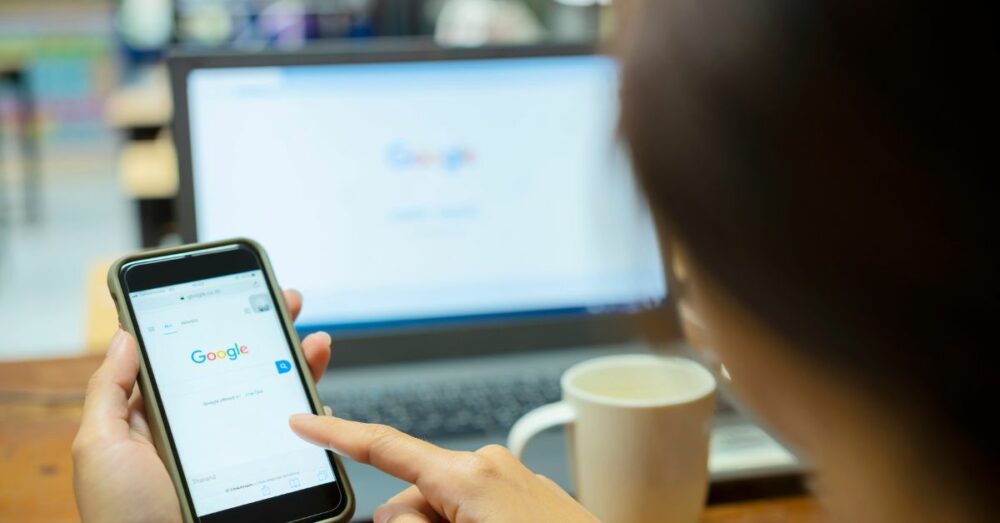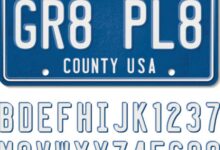In the digital age, where visual content plays an increasingly prominent role in communication, Google Images stands as a go-to resource for countless individuals and professionals seeking images for various purposes. Whether you’re a blogger, a student working on a presentation, a web designer crafting a website, or simply someone looking for the perfect image to illustrate an idea, Google Images offers a vast and seemingly limitless array of pictures at your fingertips.
In this article, we will delve into the intricate relationship between Google Images and copyright. We will explore the fundamental principles of copyright, the ways in which Google Images functions as a search engine, and the importance of discerning the copyright and licensing status of images you discover. Additionally, we will highlight strategies and best practices for responsibly and legally using images from Google Images in your projects.
Copyright Basics:
Copyright law grants the creator of an original work, including images, the exclusive rights to use, reproduce, and distribute that work. This means that most images found online are automatically protected by copyright as soon as they are created and published.
Google Images and Copyright:
Google Images itself is not a source of free images. Instead, it’s a search engine that indexes images from websites across the internet. When you search for images on Google, you’re essentially looking through a vast database of pictures hosted on various websites.
Some key points to understand about using images from Google:
Copyrighted Images: The majority of images displayed in Google Images are protected by copyright. Using these images without permission may lead to legal issues, such as copyright infringement.
Licensing and Usage Rights:
Google Images has features that allow you to filter results based on licensing and usage rights. You can use these filters to find images that are labeled for reuse or modification. However, even with these filters, it’s crucial to verify the licensing terms on the source website to ensure compliance.
Public Domain:
Some images are in the public domain, which means they are not protected by copyright and can be used for any purpose without restriction. However, it’s your responsibility to confirm that an image is genuinely in the public domain before using it.
Creative Commons:
Many creators choose to license their work under Creative Commons licenses, which provide a framework for sharing and using creative works. There are different types of Creative Commons licenses, each with its own set of permissions and restrictions. It’s essential to understand the specific terms of the license associated with an image.
Best Practices for Using Images from Google Images:
To use images from Google Images responsibly and legally:
- Verify Licensing: Always visit the source website to verify the licensing terms of an image. Look for information on how the creator allows their work to be used.
- Use Filters: When searching on Google Images, use the “Tools” option to filter results by usage rights. This can help you find images that are labeled for reuse or modification.
- Attribute Properly: If an image requires attribution, make sure to provide the necessary credit to the creator as specified in the licensing terms.
Public Domain and Creative Commons:
Images in the public domain are those for which copyright protection has either expired, been forfeited, or the creator has explicitly dedicated the work to the public domain. This means they are free to use for any purpose, without any restrictions or permissions required.
1. Benefits of Public Domain Images:
- No Copyright Restrictions: Public domain images can be used without any legal constraints. You can modify, distribute, and use them for commercial and non-commercial purposes.
- No Attribution Required: While it’s a good practice to give credit to the creator, public domain images do not require attribution.
2. Sources for Public Domain Images:
- Government Websites: Many government agencies and institutions offer images, documents, and resources in the public domain. For example, NASA provides a wealth of space-related images and content.
- Older Works: Copyright laws vary by country and have changed over time. In some cases, works created before a certain date may now be in the public domain.
- Cautionary Note: Be cautious when using images that claim to be in the public domain. Verify the source and ensure that copyright has indeed expired or that the creator has explicitly released the work into the public domain.
Consider Alternatives:
There are dedicated websites and resources that offer free, high-quality images explicitly licensed for various uses, such as Unsplash, Pixabay, and Pexels. Using these platforms can simplify the process of finding images for your projects.
Conclusion
Google Images is a valuable tool for discovering visual content, but it’s crucial to exercise caution and respect copyright when using images from this platform. Always verify the licensing terms and permissions associated with an image to ensure that you are using it legally and responsibly. When in doubt, consider using dedicated resources for free and legally usable images to simplify the process and minimize potential legal risks.







